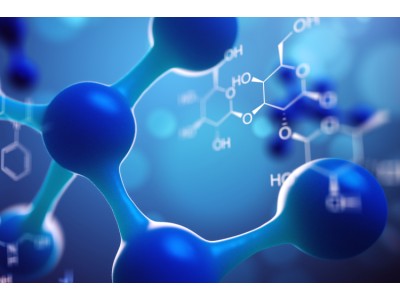| Bioactivity | Rose Bengal sodium, a synthetic fluorescein derivative, and is a crimson-coloured dye with the principal component being 4,5,6,7-tetrachloro-2,4,5,7-tetraiodo fluorescein. Rose Bengal sodium has been widely used as an ophthalmic diagnostic agents, and can detect desiccated or damaged cells on the ocular surface. Rose Bengal sodium exhibits antiviral activities[1][2]. |
| Name | Rose Bengal sodium |
| CAS | 632-69-9 |
| Formula | C20H2Cl4I4Na2O5 |
| Molar Mass | 1017.64 |
| Appearance | Solid |
| Transport | Room temperature in continental US; may vary elsewhere. |
| Storage | 4°C, protect from light, stored under nitrogen *In solvent : -80°C, 6 months; -20°C, 1 month (protect from light, stored under nitrogen) |
| Reference | [1]. Doughty MJ, et, al. Fluorescence characteristics of sodium fluorescein-rose bengal ophthalmic solution mixtures. Cont Lens Anterior Eye. 2014 Oct; 37(5): 358-62. [2]. Roat MI, et, al. The antiviral effects of rose bengal and fluorescein. Arch Ophthalmol. 1987 Oct; 105(10): 1415-7. |

Rose Bengal sodium
CAS: 632-69-9 F: C20H2Cl4I4Na2O5 W: 1017.64
Rose Bengal sodium, a synthetic fluorescein derivative, and is a crimson-coloured dye with the principal component being
Sales Email:peptidedb@qq.com
This product is for research use only, not for human use. We do not sell to patients.